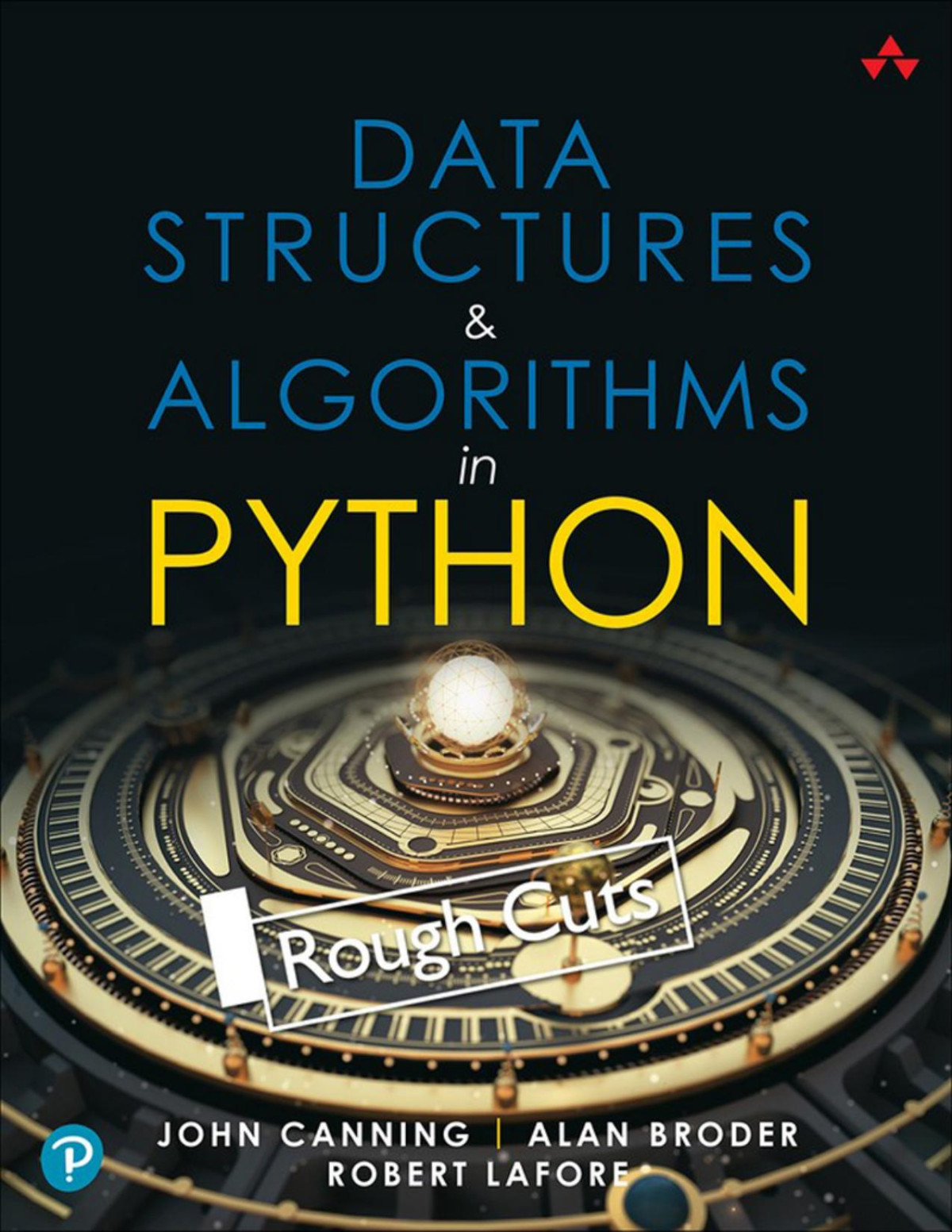

Most ebook files are in PDF format, so you can easily read them using various software such as Foxit Reader or directly on the Google Chrome browser.
Some ebook files are released by publishers in other formats such as .awz, .mobi, .epub, .fb2, etc. You may need to install specific software to read these formats on mobile/PC, such as Calibre.
Please read the tutorial at this link: https://ebookbell.com/faq
We offer FREE conversion to the popular formats you request; however, this may take some time. Therefore, right after payment, please email us, and we will try to provide the service as quickly as possible.
For some exceptional file formats or broken links (if any), please refrain from opening any disputes. Instead, email us first, and we will try to assist within a maximum of 6 hours.
EbookBell Team

0.0
0 reviewsThis practical introduction to data structures and algorithms can help every programmer who wants to write more efficient software. Building on Robert Lefore's legendary Java-based guide, this book helps you understand exactly how data structures and algorithms operate. You'll learn how to efficiently apply them with the enormously popular Python language and scale your code to handle today's big data challenges.
Throughout, the authors focus on real-world examples, communicate key ideas with intuitive, interactive visualizations, and limit complexity and math to what you need to improve performance. Step-by-step, they introduce arrays, sorting, stacks, queues, linked lists, recursion, binary trees, 2-3-4 trees, hash tables, spatial data structures, graphs, and more. Their code examples and illustrations are so clear, you can understand them even if you're a near-beginner, or your experience is with other procedural or object-oriented languages.
Build core computer science skills that take you beyond merely "writing code"
Learn how data structures make programs (and programmers) more efficient
See how data organization and algorithms affect how much you can do with today's, and tomorrow's, computing resources
Develop data structure implementation skills you can use in any language
Choose the best data structure(s) and algorithms for each programming problem-and recognize which ones to avoid